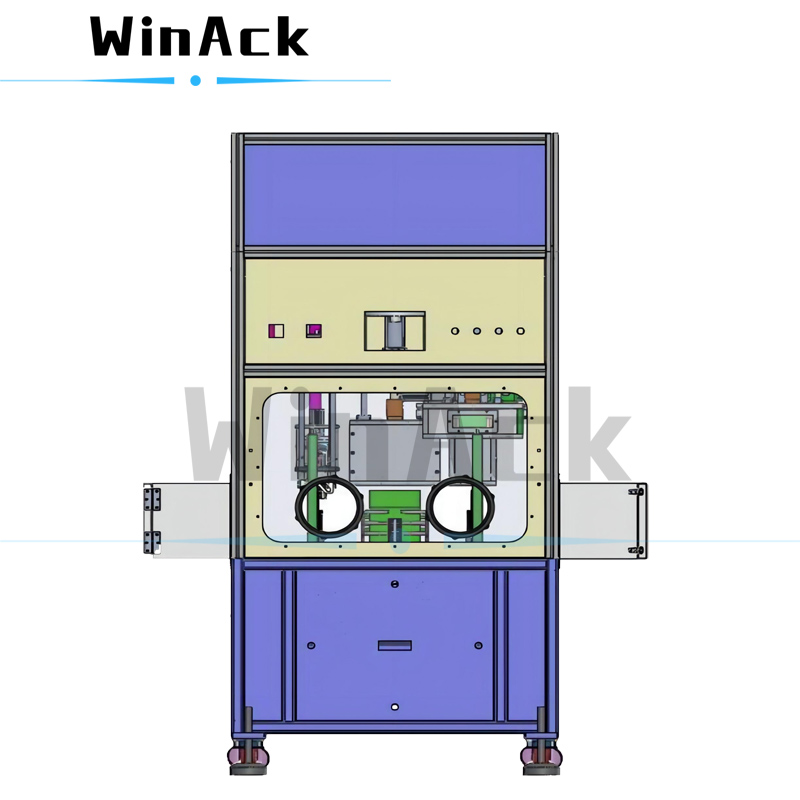The electrolyte filling process is a key part of lithium battery manufacturing, and the electrolyte filling weight directly affects the electrochemical performance and safety of the battery cells With the rapid development of lithium battery industry, battery manufacturers have higher and higher requirements for electrolyte filling accuracy, electrolyte filling machine stability and electrolyte filling speed.

Currently, there are still many aspects of the battery electrolyte filling process that need to be improved, such as vacuum level, leakage rate, electrolyte residues, long filling time, and poor sealing of the filling nozzle.
1.Vacuum level and leakage rate issues.
The electrolyte filling machine has very high requirements for vacuum degree, which should be less than -99kPa and the leakage rate should be less than 1kPa/2min.
Currently, electrolyte filling machines commonly use threaded seals, which can no longer meet the high vacuum and low leakage rate requirements of high-speed electrolyte filling processes, and require more advanced static end seal technology to achieve high vacuum and low leakage rate.
2. Electrolyte residual issues.
If, the internal force or smoothness of the electrolyte filling machine is not enough, the residual electrolyte inside the machine will cause the injection volume to be less accurate.
The electrolyte filling cup body needs special treatment to enhance the smoothness of the cup body, effectively reduce electrolyte residue, improve electrolyte filling accuracy, and effectively reduce secondary pollution caused by electrolyte residue.
3. The filling nozzle is not sealed tightly, and there is liquid spraying phenomenon.
The filling nozzle will wear out after a long time, and the one-time filling effect is not ideal, and the poor sealing will produce a spray of liquid.
The design of the filling nozzle needs to be upgraded with a special design to increase the sealing performance to effectively prevent the spraying of liquid.
4. Long isobaric filling time.
Considering the safety and processing difficulty, the isobaric filling pressure is usually set at about 0.8Mpa, resulting in a relatively long filling time.
Increasing the filling pressure, shortening the filling time, and accelerating the diffusion of electrolyte is what the isobaric injection process needs to improve.
To sum up, for battery electrolyte filling machine manufacturers, under the premise of ensuring the filling accuracy and filling speed, how to achieve the product performance and process innovation of electrolyte filling machine to match the new demand for large-scale battery manufacturing has become the most urgent problem in front of us.
WinAck Group can provide complete battery electrolyte fill solutions. Come by, contact us for a solution that can help you succeed. For better batteries, Win & Ack!